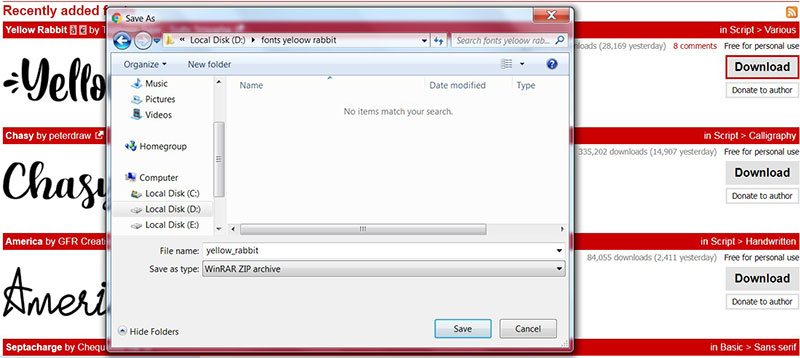
Responses are currently closed, but you can trackback from your own site. You can follow any responses to this entry through RSS 2.0. This entry was posted on April 22, 2010, 2:50 pm and is filed under LaTeX. The interface is a little tedious, but it works quite well (and it’s a lot less tedious then laying out the text by hand). Lately, I’ve been using the Tex Text plugin instead of using latex fonts with regular inkscape text. Sweet Home is a minimal and neat sans serif font. It’s an X-Windows program so you’ll have to install the Cygwin x-server, or, luckily, someone has ported it to MinGW (native Win32). The only (open-source) way I’ve found to convert type-1 font’s to OTF is through an ancient tool called Font-Forge.

There are some other font’s that you’ll find used by latex that aren’t in OTF or TTF format though. The next time you run Inkscape, it will have these font’s available and you can use them in your pretty graphics. Simply download these fonts, and install them in windows (drag them to C:/Windows/Fonts). image) on the left-hand side of the Inkscape user interface (you can also hit. Fortunately you can get the fonts for “Computer Modern” (Knuth’s Font uses as the default in LaTeX) from the TeX archives in these formats. Get instant color, font, symbol, and layout suggestions, then preview your. Unfortunately, LaTex uses type1 postscript fonts, while Inkscape can only find font’s that windows has installed in the system, which includes true-type or open-type fonts. In order to get the math font’s to look like they do in LaTeX, though, you need to have the font’s installed where Inkscape can find them. Inkscape Figure for LaTeX Getting the Fonts


 0 kommentar(er)
0 kommentar(er)
